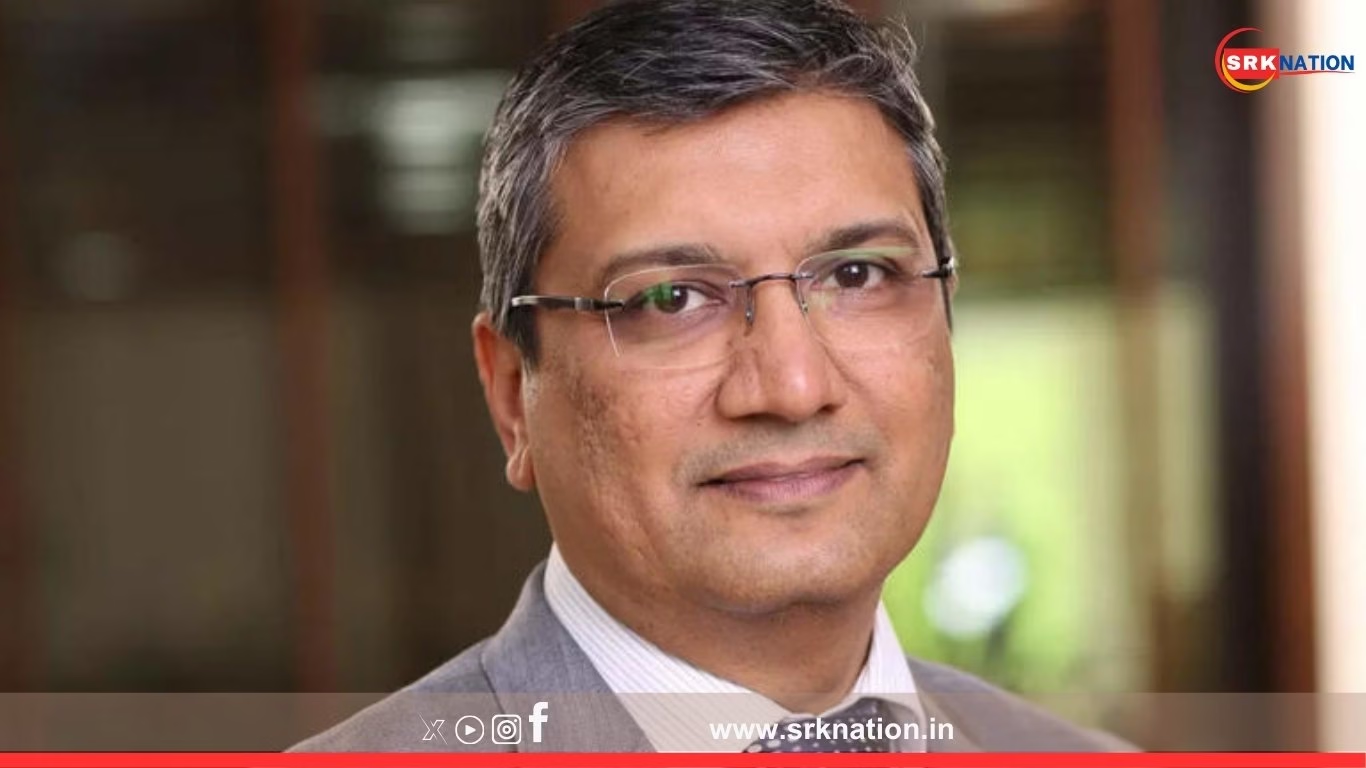In a recent report, Moody’s Ratings highlighted the urgent need for a substantial investment of USD 700 billion in India’s power sector over the next decade to help the country achieve its 2070 net-zero emissions pledge. The power sector, which is the largest carbon emitter in India, accounts for approximately 37% of the nation’s total carbon emissions.
The rating agency emphasized that the power sector will need to invest between 1.5% to 2% of India’s GDP annually from fiscal 2026 to 2051, with around 2% of GDP required over the next ten years. This level of investment is deemed manageable for the country, despite the sector’s current heavy reliance on coal-fired generation.
Moody’s report noted that India’s strong economic growth, projected over the next decade, will likely lead to an expansion of coal-based power generation capacity, posing a challenge to the country’s carbon transition goals. The agency estimated that the power sector would need annual investments ranging from Rs 4.5 lakh crore to Rs 6.4 lakh crore (USD 53 billion to USD 76 billion) until fiscal 2034-35, and Rs 6 lakh crore to Rs 9 lakh crore annually from fiscal 2026-51.
The investments are required for capital spending on electricity generation, including renewable energy, coal and nuclear power, as well as electricity transmission, distribution, and energy storage. Moody’s highlighted that these significant investments will be jointly funded by public and private sectors, along with foreign and domestic capital.
India’s economy is expected to grow at an annual rate of around 6.5% over the next ten years, with a compound annual growth rate for power demand estimated at around 6%. Despite the country’s relatively low per capita consumption of electricity (1,255 kilowatt-hours in fiscal 2022), demand is anticipated to rise with economic growth and improved living standards.
Moody’s projected that India would need an additional 450 GW of renewable energy capacity over the next decade, but even this increase would be insufficient to meet the rising demand. Consequently, the coal-based power generation capacity is expected to expand by 35%, from 218 GW to approximately 295 GW, over the same period.
The report stressed that investments to meet the net-zero target must prioritize renewable energy, grid networks, and energy storage. Solar and wind power are expected to dominate new generation capacity additions over the next 20-25 years, with smaller contributions from nuclear and hydropower. By fiscal 2034-35, non-fossil fuel power is projected to account for 45-50% of total output, up from 23.5% in fiscal 2023-24.
Moody’s underscored the importance of private sector involvement and foreign capital in bridging the funding gap for the energy transition. Conventional bank lending, non-bank financial institutions, and debt capital markets will play key roles in financing under-construction projects and refinancing debt for operational projects. Access to long-term, low-cost capital and foreign investment will be essential to achieve the required level of funding.
This report by Moody’s highlights the significant financial commitment required for India to transition its power sector and achieve its ambitious net-zero emissions pledge by 2070. The collaboration of public and private sectors, along with international support, will be crucial in meeting these investment needs.

See insights and ads
পোস্ট প্রচার করুন · Promote post
Like
Comment
Send
Share











